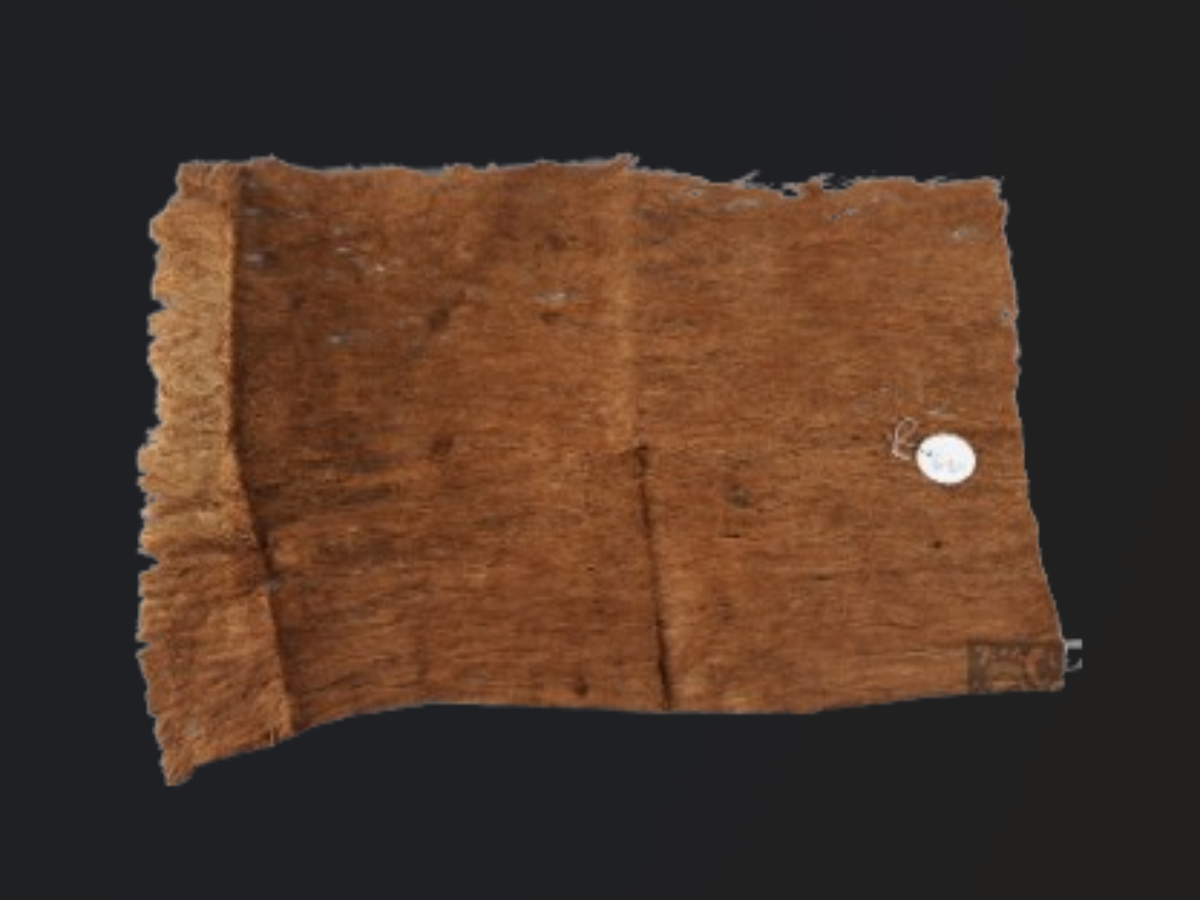State
Tribe Name
Art Type
short description
The clothes are made of tree bark which has been treated through a labor-intensive process. The bark is cut into the shape and size required and then beaten and pressed flat to soften the tough bark and make it pliable. It is then washed with water and dried. The fabric then has to be stitched or sewn from smaller pieces to create large items for sale or use. Bark cloth becomes part of everyday life in many functional and symbolic usages in Gare.
Thumbnail

Filter Postion
Right
Filter Background
Off
Theme
Filter Header Image

content
Image

description
The clothes are made of tree bark which has been treated through a labor-intensive process. The bark is cut into the shape and size required and then beaten and pressed flat to soften the tough bark and make it pliable. It is then washed with water and dried. The fabric then has to be stitched or sewn from smaller pieces to create large items for sale or use. Bark cloth becomes part of everyday life in many functional and symbolic usages in Gare.
The Garo tribe is an indigenous people who mostly occupy the northeastern state of Meghalaya in India. Garo people, famous for their very individualistic approaches to the use of natural resources, enjoy bark cloth.
The use of this cloth extends from being used as a sleeping mat to covering one's body in both customary and regular activities-the important thing being associated with it-the worth attribute of the cloth being that it is considered by the tribe as a mark of their practical resourcefulness coupled with a deep respect for nature.
The Garo people have traditionally held rituals associated with social and religious events that require the use of bark cloth. Garo, as they are popularly called, has a rich culture that is not different from those found in the rest of the Northeast. The use and processing of bark cloth still form part and parcel of their living, keeping old traditions alive with knowledge handed down generations.
The Garo tribe is an indigenous people who mostly occupy the northeastern state of Meghalaya in India. Garo people, famous for their very individualistic approaches to the use of natural resources, enjoy bark cloth.
The use of this cloth extends from being used as a sleeping mat to covering one's body in both customary and regular activities-the important thing being associated with it-the worth attribute of the cloth being that it is considered by the tribe as a mark of their practical resourcefulness coupled with a deep respect for nature.
The Garo people have traditionally held rituals associated with social and religious events that require the use of bark cloth. Garo, as they are popularly called, has a rich culture that is not different from those found in the rest of the Northeast. The use and processing of bark cloth still form part and parcel of their living, keeping old traditions alive with knowledge handed down generations.
Image Mode
landscape
promoted
Off
Verified
Off
